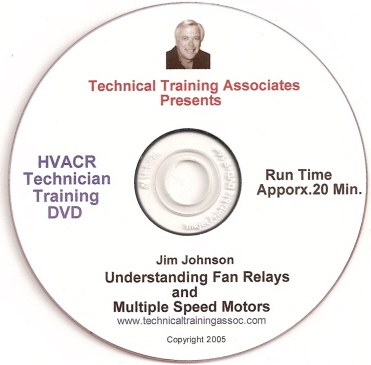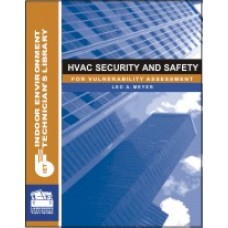Industrial high-volume, low-speed (HVLS) fans are a great addition to any large facility or warehouse setting. They move air efficiently to keep employees comfortable and products dry. But if you’re like a lot of companies and have 10, 20, even 30 or more fans, managing all those settings on a daily basis or in the event of a fire emergency is not the best utilization of your time. Industrial networked HVLS fan control systems can take you out of the business of managing fans and put you back into the business of managing the safety and sustainability of your facility.
This HVLS fan control system allows you to network multiple HVLS fans and control them from a single, centralized interface. The science behind these unique networked fan control systems vary by provider but can often be tied in with a yard-and-dock management system. Installation of one of these systems takes care of all the hard work, ensuring you receive the maximum levels of performance, energy savings, and safety from your HVLS fans.
The large HVLS fan was designed to create a comfortable environment while maintaining an energy-efficient facility. These fans produce a large cylindrical column of air to effectively circulate a variety of spaces and regulate the temperature of large facilities. They offer a large selection of sizes and power configurations that are suitable for a variety of environments, and they offer ability to be run in forward and reverse, creating year-round savings.
An integrated HVLS fan control system can accommodate up to 30 networked HVLS fans per standard configuration. And, depending on the systems and application, more fans can generally be added to a system as necessary to provide employees increased comfort and facilities with energy efficiency year-round. These fans are managed by an all-in-one, high-definition touch screen computer and can even include custom graphic displays of your facility and fan locations.
The screen allows you to easily make adjustments to individual fans, fans in predetermined zones, or every fan in a facility all from a centralized location such as an office or a controls room. Navigation buttons can turn fans on or off, control temperature and timer settings, display instructions manuals, and even shut down instantly when a fire alarm is triggered.
SAFETY FIRST
Let’s face it, we all worry about the impact threats such as weather, theft, and even fire can have not only on our homes and personal possessions but also at the workplace. That is why most people carry some form of insurance on their valuables, but here’s a little assurance from the National Fire Protection Association (NFPA) for your fans and a little peace of mind.
Since the introduction of HVLS fans in the mid ’90s, insurance agencies, code regulators, and fire safety communities have been concerned about their impact on fire safety. There are two main concerns. Do HVLS fans obstruct sprinkler operation in case of fire by effectively reducing the amount of water reaching the fire? Does the additional airflow from HVLS fans increase fire spread or negatively impact overall fire dynamics?
Both of these concerns are very serious and, if not successfully addressed in the design, can lead to catastrophic events in case of a fire.
Based on extensive testing recently conducted by the NFPA’s Research Foundation, guidelines for the installation and use of HVLS fans in facilities with early suppression fast response (ESFR) automatic sprinklers have been established. With a vote of confidence, tests concluded that HVLS warehouse fans, without additional fire, smoke or heat detecting equipment did not prevent sprinkler systems from meeting the “pass criteria” established for the tests and approval process.
The pass criteria were determined after the two-part study analyzing the impact HVLS warehouse fans had on automatic sprinkler systems in terms of protecting stored commodities. The study was sponsored and conducted by an oversight committee of HVLS fan industry experts, facility consultants, risk management companies, and members of the National Fire Sprinkler Association (NFSA).
These tests are great news for HVLS fan users regarding the safety of their warehouse. But what about more stringent fire codes? What if they mandate the HVLS fans automatically shut down when sprinklers are activated from a fire alarm? Is there an automated system to shut down HVLS warehouse fans from a central location?
The integrated connection design of a networked HVLS fan control system allows power to the fans to be immediately interrupted sending a signal which will shut the fans within 90 seconds of when a fire alarm is triggered. In addition to sprinkler activation, networked fan controls can integrate with smoke detection devices and heat detection devices to achieve automatic fan shutdown.
Bottom line: these systems may not be able to prevent fires but can certainly assist fire suppression and fire code compliance. Their intelligent software controls all fans from a single, centralized location and has the ability to interconnect with fire suppression systems to immediately shut fans down when a fire alarm is triggered. ES








